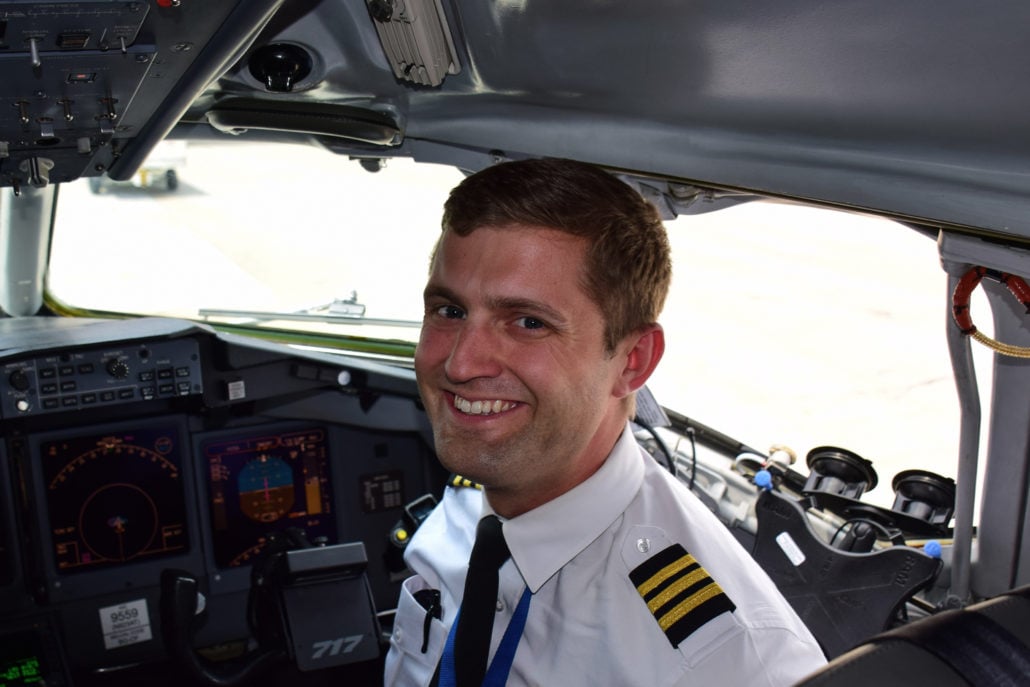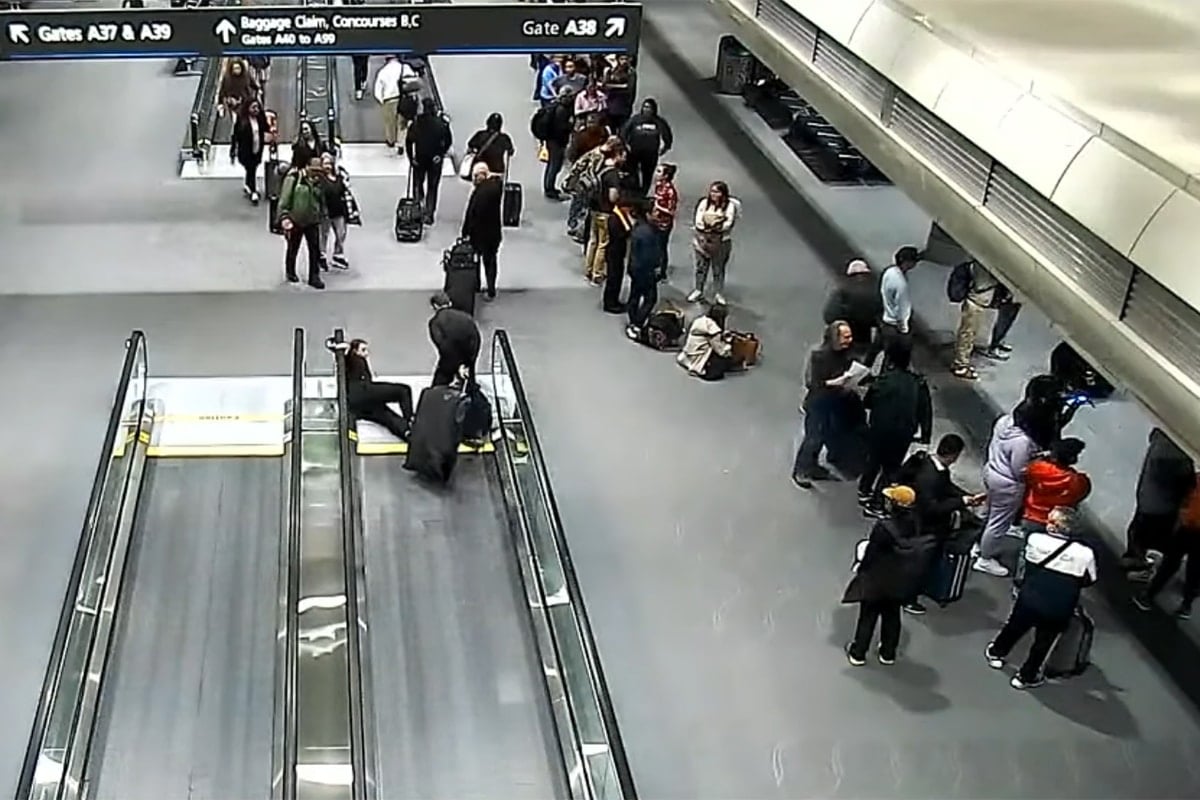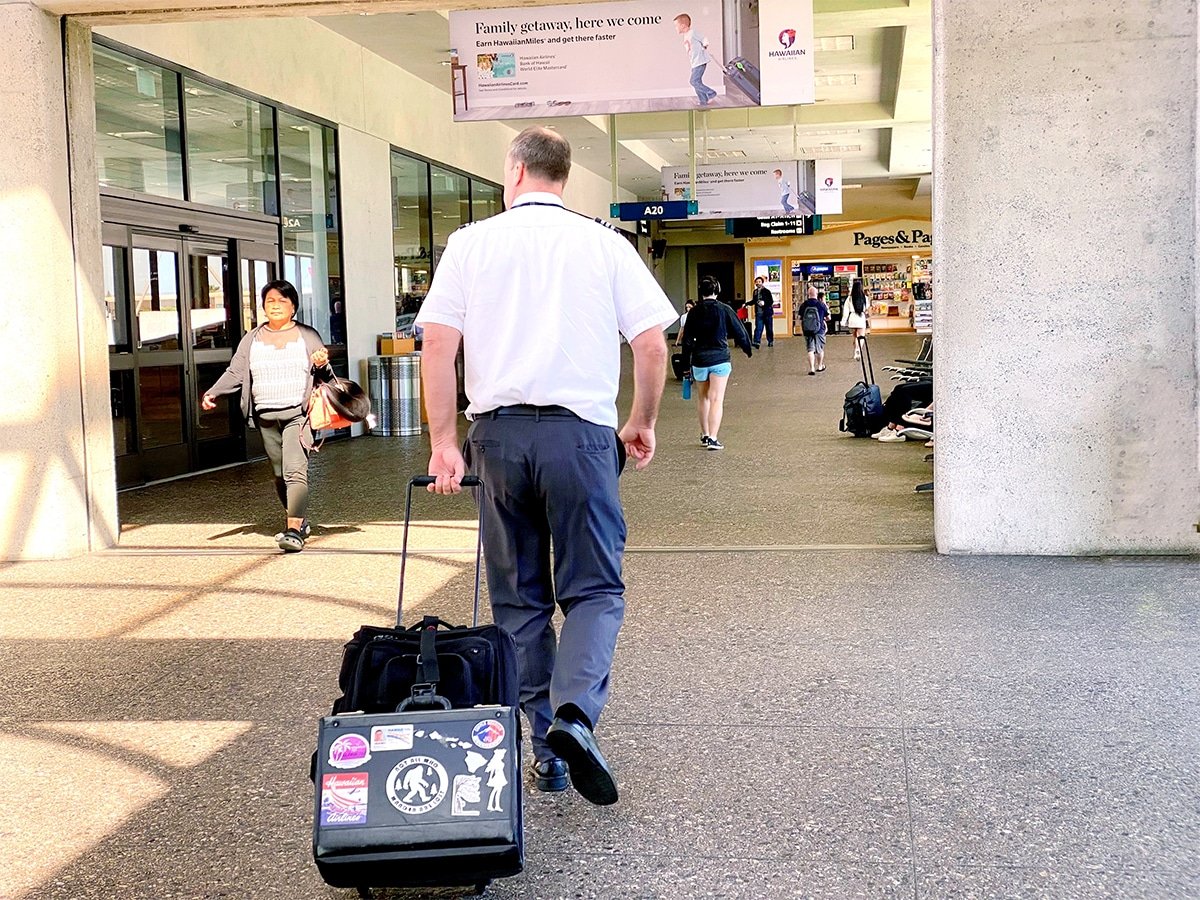
In our Ask a Pilot series, pilot Spencer Marker answers one of your aviation-related questions each week. See past installments here and submit your own to whitney@johnnyjet.com.
The “question”
I receive lots of questions, both from friends and strangers alike, about what exactly an airplane’s autopilot does. While it is a fantastic tool for managing workload, there are some persistent misconceptions about its use and capabilities. So I will attempt to clear up some of the more common questions I receive.
—Me (Spencer)
The “answer”
What is an autopilot?
In its basic form, an autopilot is an aircraft system that allows pilots to guide the airplane without constantly having their hands on the controls. Some autopilots are simple, and only control the pitch of the aircraft (nose up and nose down) and bank (left and right).
On the other side of the coin, advanced autopilots are controlled through a centralized navigation computer. This allows the airplane to automatically follow a route through the sky that has been programmed by the pilots before departure. The most advanced autopilots will actually land the airplane in poor weather, but I will elaborate on this momentarily.
Autopilot technology was first developed in 1912 by the Sperry Corporation. And through subsequent decades, it evolved into the reliable system we have today.
If we have pilots, why do we need autopilots?
This question, or some variation, is one I often receive. And given the obvious connection in terminology, it has some validity.
Autopilots are designed as tools meant to supplement pilots. They are used to guide the aircraft, freeing pilots to focus our attention on other routine tasks during the flight and better manage our workload. In the same way a car’s cruise control alleviates a driver’s constant input on the accelerator, the autopilot eliminates the need for physical manipulation of the flight controls.
This isn’t to say we turn on the autopilot and turn off our minds. Far from it. We continually monitor the progression of the flight and the behavior of the autopilot, ensuring everything is running as expected.
Can the autopilot land the airplane?
The answer to this question is: It depends. Many aircraft autopilots are equipped and certified to make a landing without pilot input. This is especially useful in costal airports like LAX or SFO where fog can quickly hamper visibility.
Having an airplane that is autoland capable (land automatically using the autopilot) allows pilots to complete approaches to landing in poor visibility, sometimes within as little as 1/8th of a mile. This allows the airline and passengers to stay on schedule. Without the capability to autoland, the aircraft would have to divert to a different airport during periods of low visibility.
However, not every airplane is certified to autoland. An airplane’s capabilities are determined by the manufacturer based on the needs of the customer. And certifying an airplane to autoland requires additional (read: expensive) redundant sensors and equipment to be installed and pilots to be thoroughly trained in its use. While this capability would be a necessity for airlines operating frequently in adverse weather, if you are regularly flying around the Caribbean for instance, it’s most likely not required.
What can’t the autopilot do?
While autopilot technology has greatly advanced over the last century, there are some limits on what the system can do.
First and foremost, it cannot taxi the aircraft on the ground. So even though the airplane can land in poor visibility, pilots must carefully guide the aircraft through the fog from the runway to the gate. While we have many great tools to help us navigate our way around an airport, certain weather conditions can present a challenge.
Secondly, it cannot take off for us. Pilots are still at the controls steering the airplane down the runway and guiding it smoothly into the air. Many autopilots also have limitations as to how low they can be turned on (generally 500 feet above the ground or so).
Finally, pilots must always be in a position to assume manual control if the autopilot malfunctions. This means continuously monitoring the progress of the flight and the autopilot’s system integrity. This way, pilots ensure the airplane is going where we intended.
To sum up
The autopilot is a fantastic tool and its ability to autoland is probably one of the coolest things I’ve experienced in aviation. In addition, the workload alleviation it affords flight crew members is invaluable. Even with these advantages, current autopilots will never completely replace the need for a competent pilot at the controls.
If you have a burning aviation question or if there’s something you’d like cleared up, drop us a line at Whitney@johnnyjet.com to get your question featured in an upcoming “Ask a Pilot” column.
Tailwinds,
—Spencer







